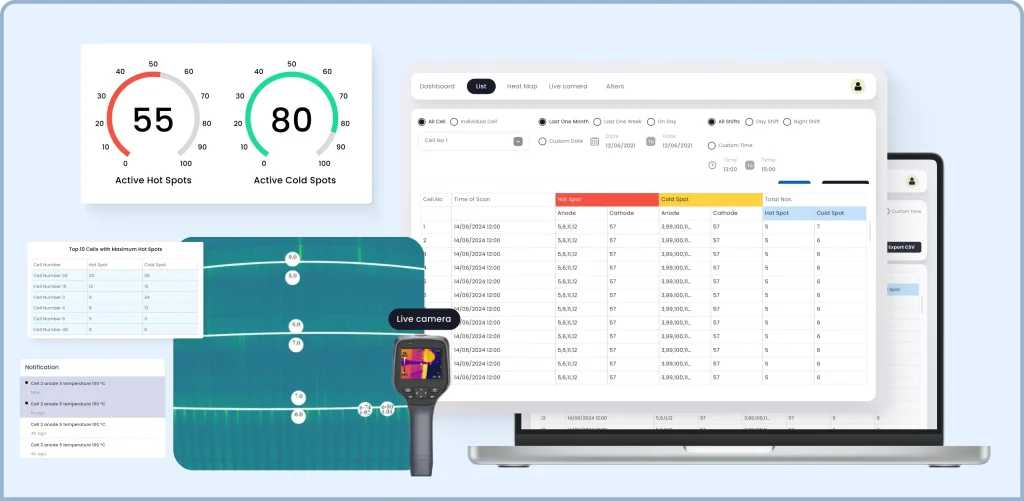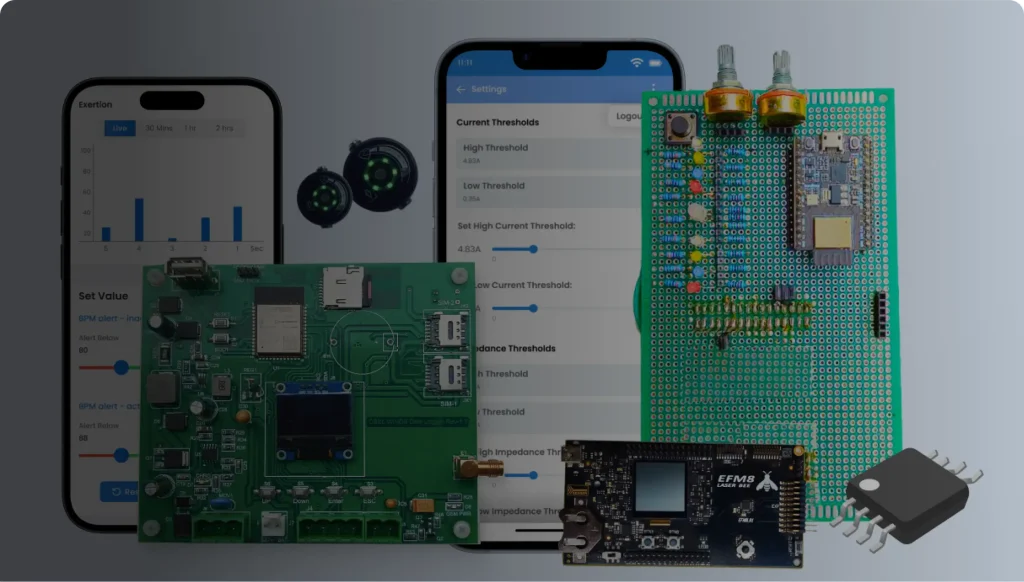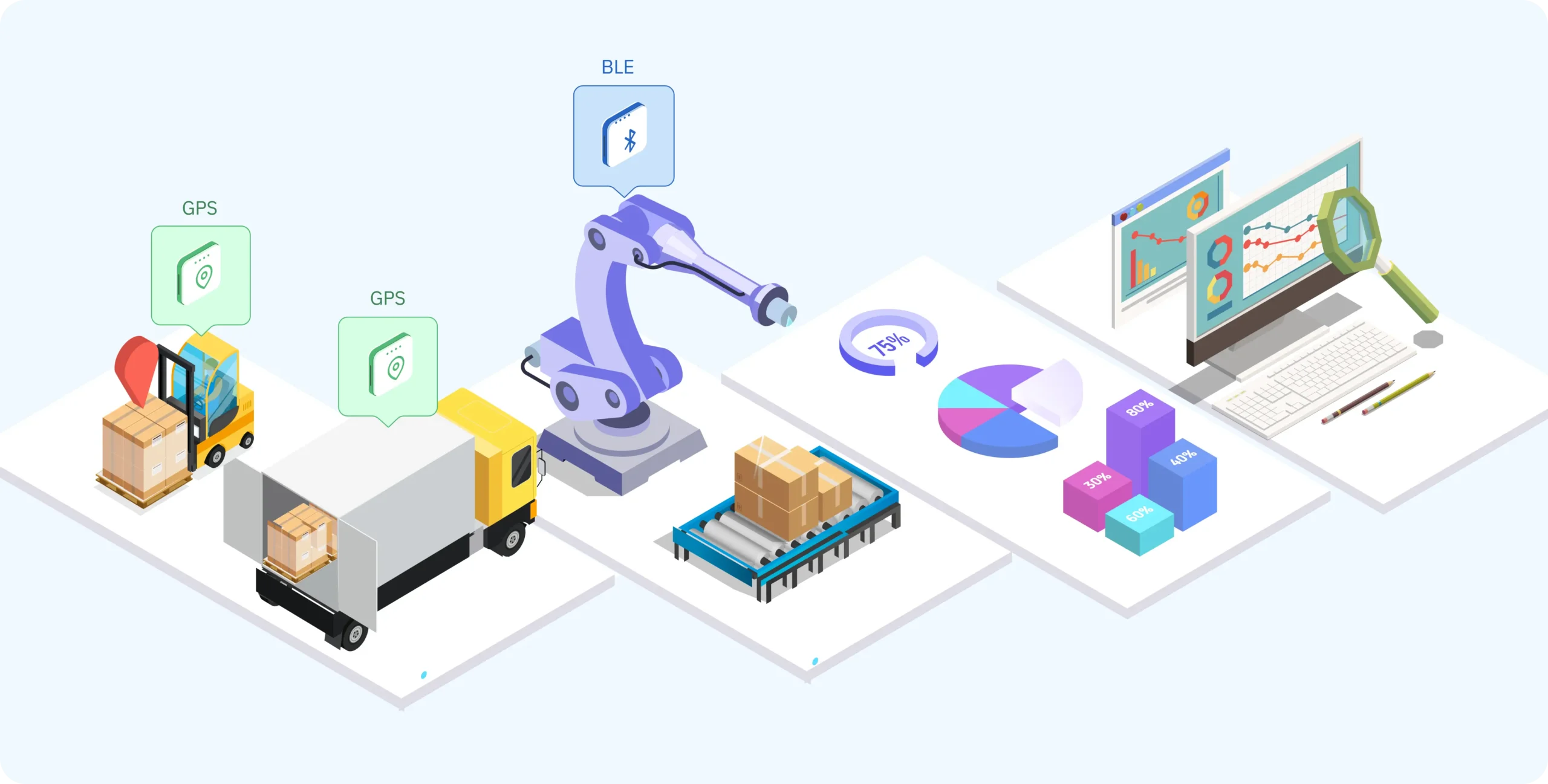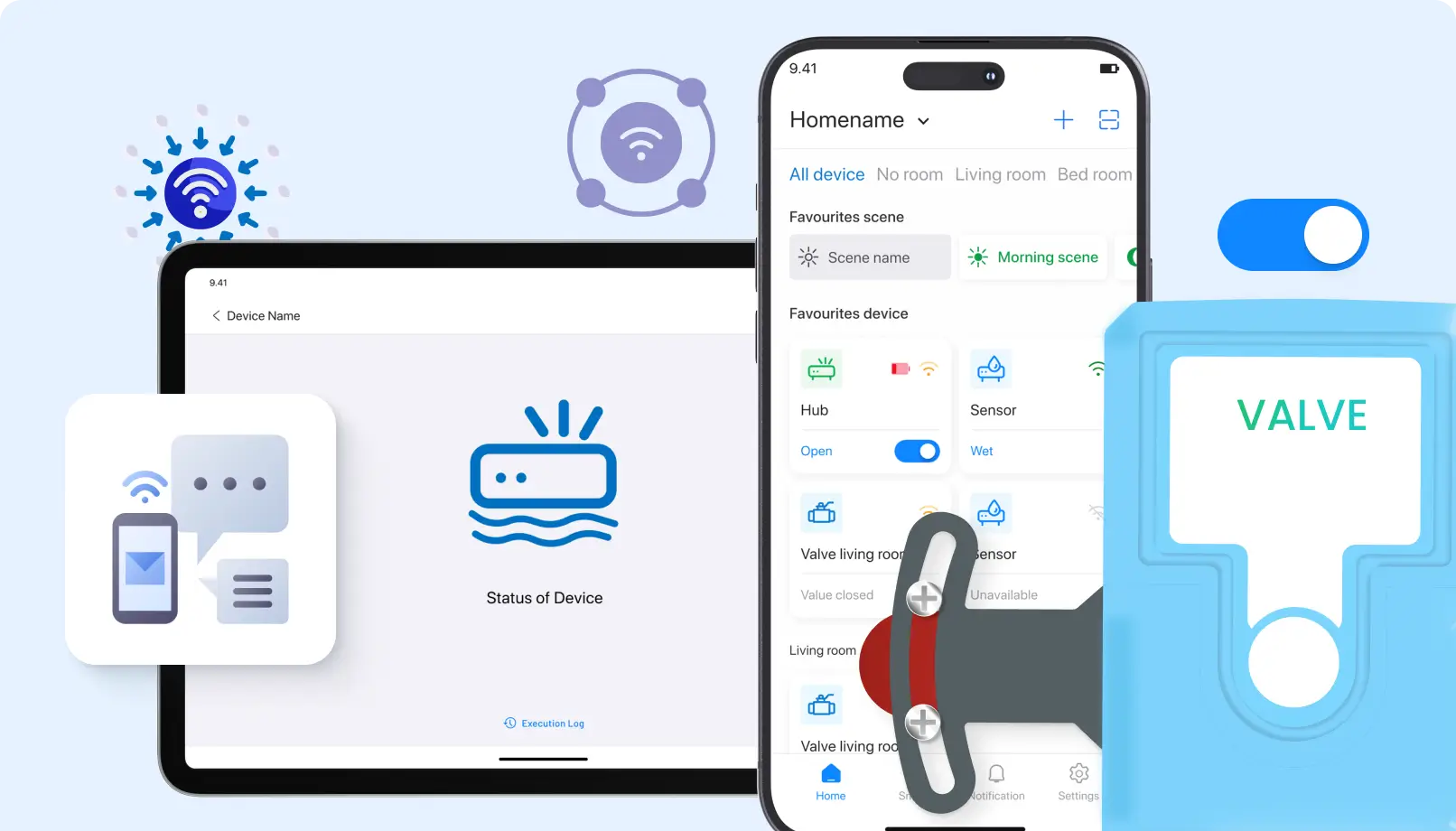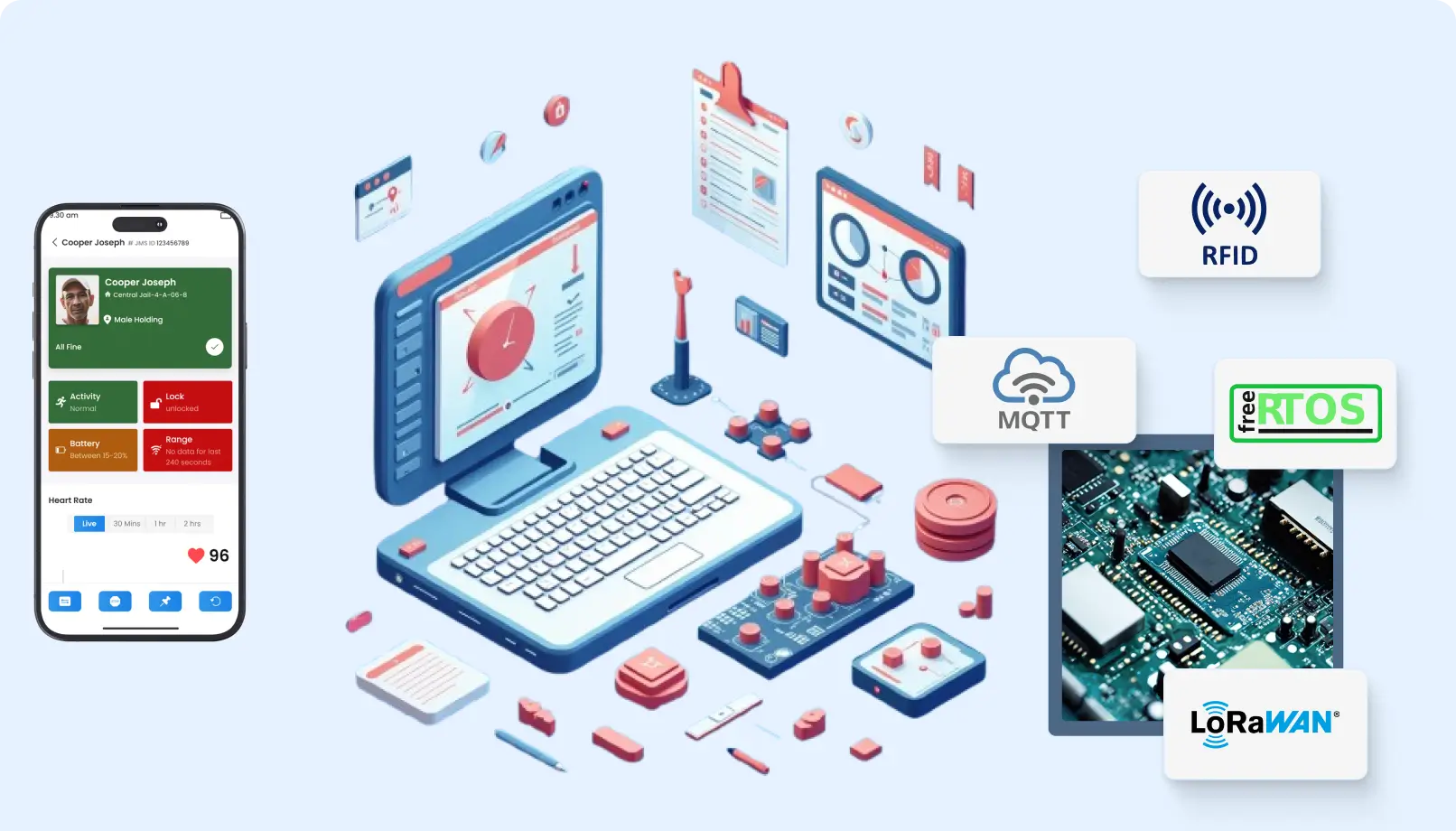The Role of IoT Sensor Integration in Industry
IoT sensors are the foundation through which such an ecosystem is created. They can sense and measure physical parameters – such as temperature, pressure, humidity, motion, light, and much more-in the form of data that can be analyzed and acted upon. Incorporating IoT sensors into existing systems involves embedding sensors in a way that devices need not ‘see’ each other but function seamlessly in their given environment.
How IoT Sensor Integration Works and Why It Matters:
Data Collection at the Source
IoT sensors capture real-time data directly from their environment. For example, temperature sensors in a cold storage facility monitor conditions 24/7, which assures perishable goods are kept under optimal conditions.
Interconnected Systems
IoT sensor integration allows for easy communication between different systems such as machinery, control panels, and cloud platforms. This interconnectivity ensures that industries work like harmonious silos.
Actionable Insights through IoT Sensor Technology
IoT sensors produce colossal amounts of data. With advanced analytics and AI algorithms, this data becomes actionable insights. For example, an IoT vibration sensor in a manufacturing plant can predict when a machine might fail and allow for proactive maintenance.
Benefits of IoT Sensors Integration
IoT sensor integration provides various advantages to industries looking forward to modernizing their processes. Some of the key advantages include the following:
1. Improved Operational Efficiency
The integration of IoT sensors enables the industries to access real-time data that indicates points of inefficiency and bottlenecks. Such an access can help businesses optimize processes, allocate resources well, and increase productivity.
In logistics, for instance, IoT-enabled GPS and temperature sensors track shipments in transit to ensure timely delivery and preserve the quality of products.
2. Predictive Maintenance
Perhaps one of the most impactful benefits of IoT sensor technology is its ability to support predictive maintenance. This means instead of waiting for equipment to fail, the IoT sensors monitor machinery and detect signs of wear and tear. Maintenance can then be scheduled proactively, which saves money by reducing downtime and saving on repair costs.
This is especially useful within industries such as manufacturing and energy where the loss due to equipment failure can be significant.
3. Safety and Compliance - Increased
IoT sensor integration enhances workplace safety by monitoring environmental conditions and alerting operators to potential hazards. For instance, gas sensors in chemical plants can detect leaks early, preventing accidents.
Additionally, IoT sensors help industries comply with regulatory standards by providing accurate and reliable data for audits and inspections.
4. Energy Optimization
Energy efficiency is a major concern for industries. IoT sensors track energy consumption patterns and identify areas of waste. With this information, businesses can implement energy-saving measures and reduce their carbon footprint.
For example, smart meters and IoT-enabled lighting systems optimize energy use in factories and office spaces.
Applications of IoT Sensor Integration
IoT sensor integration drives innovation in various sectors. Here are some notable applications:
1. Smart Manufacturing
IoT sensors enable Industry 4.0, in which factories operate with minimal human intervention. Sensors monitor the production lines, track the health of the equipment, and give instant feedback to ensure quality and efficiency.
2. Healthcare
In the health sector, IoT sensors have the capability of remote patient monitoring and tracking of their vital signs. This ensures that medical supplies are kept in the right conditions. Temperature sensors in hospitals allow vaccines to be stored appropriately.
3. Agriculture
IoT sensors in precision farming monitor soil moisture, weather conditions, and crop health. All these areas of data optimization help the farmer to optimize irrigations, reduce use of pesticides, and improve yield.
4. Transportation and Logistics
The IoT sensors in transportation follow the performance of the vehicles, monitor traffic conditions, and ensure the safety of the passengers. For logistics, IoT-enabled sensors trace shipments, monitor environment conditions, and enhance the efficiency of supply chain management.
Future of IoT Sensor Integration
The future of industries across the world will be built on the fast innovation of IoT sensor technology. Increasing trends of 5G connectivity, edge computing, and artificial intelligence are becoming key to upgrading the capabilities of IoT sensors to do even more advanced applications.
Conclusion
For those businesses looking to maintain market competitiveness, investing in IoT sensor integration is no longer a decision-it’s a must. By accepting IoT technology, industries can achieve greater efficiency, improve safety, and open up new opportunities for growth.
IoT sensor integration is changing entire industries. It connects devices, streamlines processes, and adds real-time insight to operations. Armed with the right strategy and technology, business owners can unlock all sorts of achievements in an effort to meet the goals for innovation. Whether it’s predictive maintenance, energy optimization, or increased safety, the possibilities are endless when it comes to IoT sensor technology.
